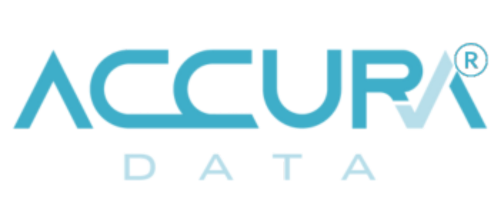Customers are valuing a business’s online presence more than ever before. Having a fully functioning and fast website is almost vital for a brand to grow and thrive. Both blogs and social media add to this, but the key factor is having a good website set up. Customers want access to information about your brand and products or services. Often, the option to shop online is also desired.
If your page is not up to scratch, it could cost you sales. When links are too slow and that whirring circle spins one too many times, a potential customer will click off. Then, you have immediately lost a potential sale.
To avoid this fate, you need a fast website. There are many ways of improving the speed of your website. We will go over a few of these in this article.
How to Know If You Have a Slow or Fast Website
The first thing to do is understand your own page. If you are unsure whether your site is fast or not, you can test it. An obvious way to tell is by checking yourself. Visit your own website from a google search. If it takes longer than 5 seconds to load, your bounce rate will increase. Bounce rate is the number of users who immediately click off your site without viewing other pages on your website.
An ideal loading speed is around two to five seconds. Some believe that mobile sites should take no longer than one to two seconds to load.
To check your loading speed, you can use online software. There are lots of different sites that will run checks for you. You can simply copy and paste the URL for your page and run it. These tools can check the speed for you instantly. And they can get a much more accurate answer than you could get with a human eye.
Another way to know if you have not got a fast website is through feedback. If you are receiving comments from customers trying to use your page.
Why Your Site Might Be Slow
Lots of things can slow the speed of your website. This can result in a long waiting time whilst it loads.
Some things that slow loading speed can include large files (failure to be CSS optimised), or simply too many items. Other things include caching issues, or even just poor internal links.
To figure out what the root of the issue is, you can use Google’s chrome performer tool or another similar. This tool will allow you to run tests on your site. It will find exactly what it is that keeps you from achieving a fast website.
For instructions on how best to use this tool and other ways to figure out what is wrong, read here.
One other reason you might get complaints about the speed of your site could be completely out of your control. A customer might believe that you don’t have a fast website if their internet is not up to scratch. Sometimes users will have independent issues beyond your reach.
If this is the case, there is no point in wasting time trying to solve this issue. This is why running some tests can be so useful.
Minimise Files To Get a Fast Website
Tip number one is to make your files smaller. It is logical that a larger file will take longer to load. And this is how it works. A web page typically has a longer loading time if the files within the site are too large.
To make a fast website, you need to have small file sizes. This could be your images on the different pages. You can minimise the size of your images before you upload them onto your site.
You can significantly decrease the size of your files through CCS optimisation.
Once you have made your images smaller, your site will be made up of fewer bytes. This in hand, will reduce your page speed and create a fast website. Or at least it will be faster.
Too Many Files
This second tip is linked to the first. Having too many files in your website design will have the same effect as having files that are too large. You can not only minimise your files but also combine them.
Often, if you use a template for designing your website, the coding won’t be perfect. Sometimes important files such as the HTTML, CSS and JavaScript files bulk up the page. They affect the appearance of your site but can be combined.
Once you have minimised and combined your files, you should have a fast website. The loading time should reduce and hopefully so will the bounce rate.
Caching Issues
Having a fast website might be unrealistic if you have caching issues. What are these? Simply put, the cache is used to store information on a device about a website. This means that when a device revisits a page, the data from the last use can be reloaded quickly.
All parts of your website are loaded on the first visit. After this, if the user’s cache is working correctly, they should be able to access the page without reloading completely. If you enable cache to work on your site, it could really cut down the loading time for your viewers.
You are able to adapt and edit the storage of your cache. There are time limits placed on them, but they can really range depending on what you choose.
Internal Links Can Build a Fast Website
One of the final ways to improve the loading speed of your website is through the use of internal links.
It is great to use a range of internal links on your site. Users can hopefully navigate your different pages with ease. Having good internal links will also improve the look of your site. These links could be to a blog. A page with lots of articles about market-specific topics will always make you appear more professional.
You can link one page on a specific topic from a general home page. You can also use a range of external links to backlink your website to others.
However, do be wary when doing this. If you end up moving the location of a page or deleting it completely, you will need a redirect. These can loop if you don’t keep checking. Make sure your redirect links don’t go through to other redirect links. You also need to make sure that you don’t have any broken links on your page.
This will not only help you achieve a fast website but also potentially improve your visibility on search engines. Broken links aren’t stated to directly impact or alter your SEO, however, they are believed to not help.
Conclusion
There are loads of things you can do to get a fast website; more than just what is listed above. But it is extremely useful to run a few tests before you start editing your site. Try to figure out what could be wrong, or if there even is anything wrong. Then go ahead and work on what needs to be fixed.
Hopefully, this article has helped you get to grips with a few design tips to get a fast website. Good luck, let us know if you have tried any of these before.

